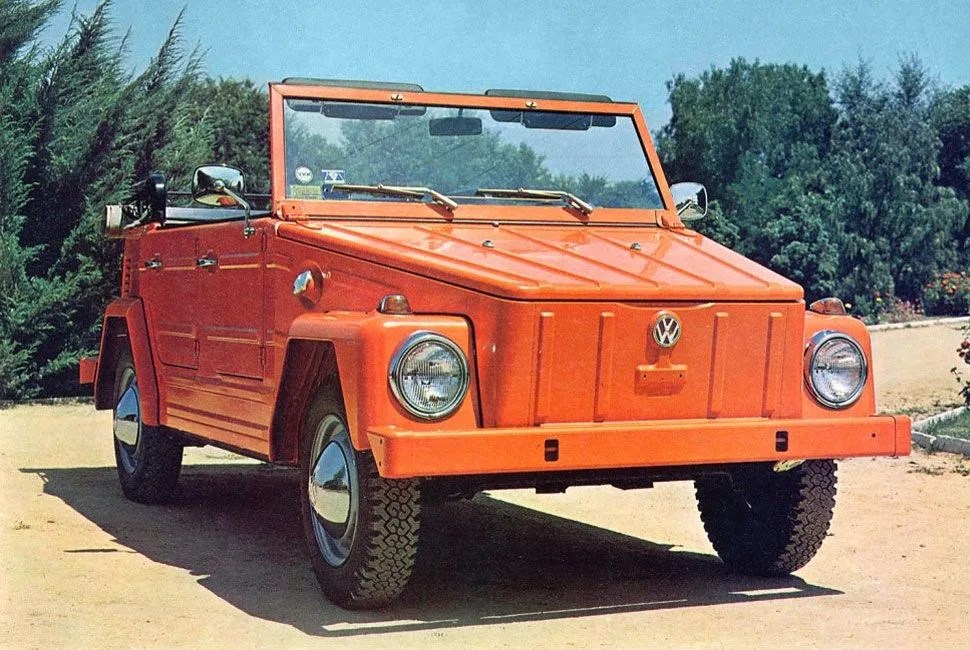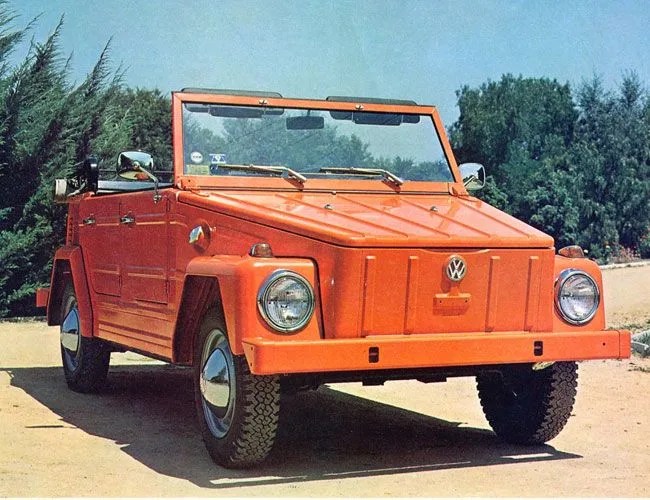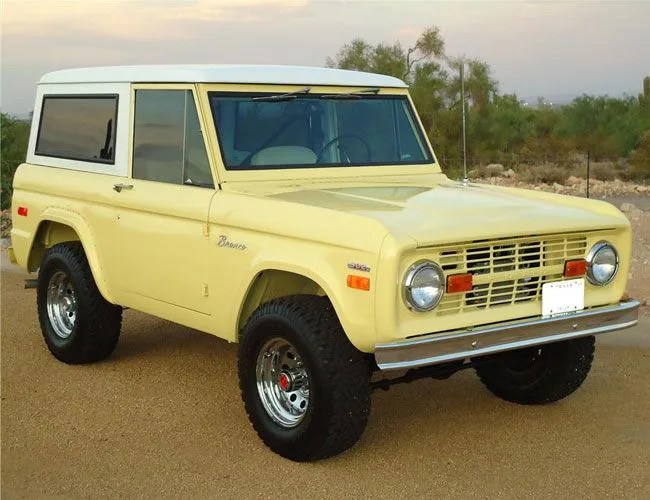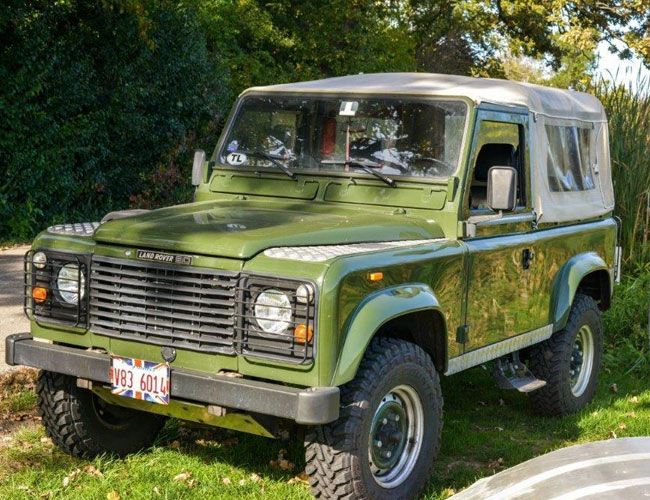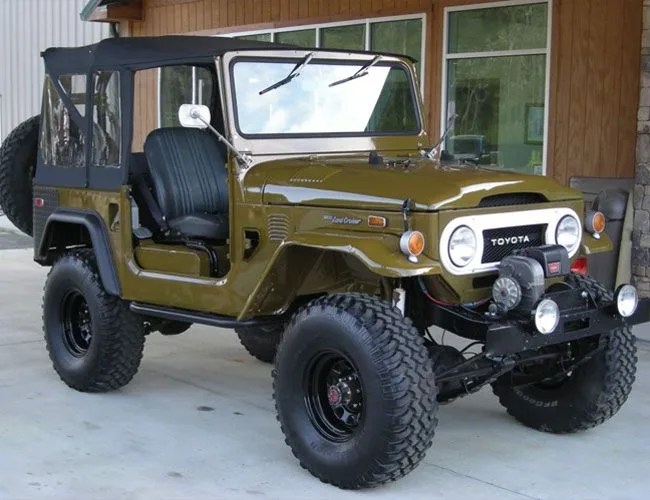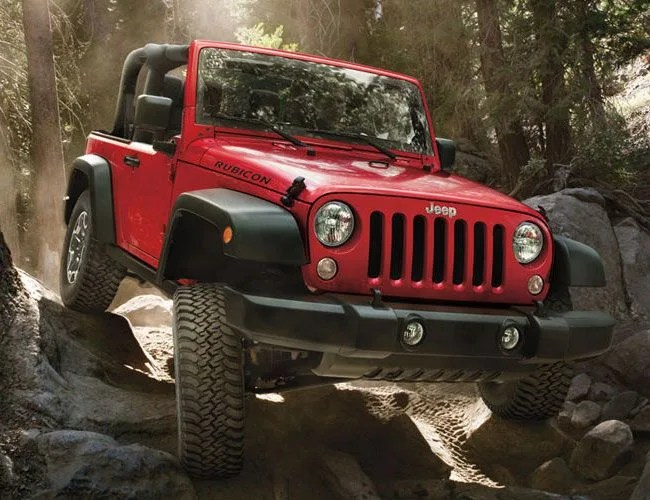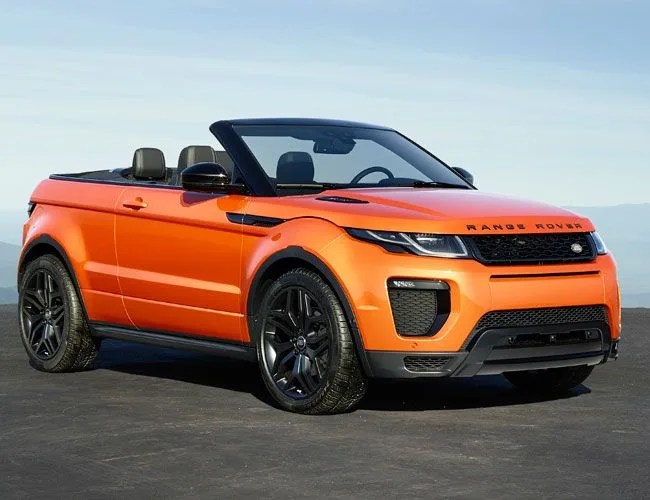Overlanding has existed about as long as the automobile itself. Long before the interstate highway system, motorists traveling to and from towns and destinations across the country had no choice but to take unpaved, untraveled roads. Henry Ford, Thomas Edison and Harvey Firestone are some of the most famous forefathers of the pastime, taking Model T’s into the wilderness to go camping as early as 1914. Today, overlanding is synonymous with rugged body-on-frame behemoths stomping through bogs, side-stepping toppled tree trunks and competently carrying passengers through otherwise unsurpassable terrain.
Though most off-roaders today shelter passengers in a protective steel cage, that’s not how overlanding began. Henry Ford and his overlanding party, the “Vagabonds” had most of their adventures in a Model T soft top, essentially a pup tent with wheels and a 20 horsepower engine. Thanks to the soft top, overlanding was done in the open air, the way it was intended. The Vagabonds and their Model T’s set a precedent for the next century. Some of the most iconic overlanders in history have gone topless and it’s no coincidence that they’re some of our favorites.
Willys MB
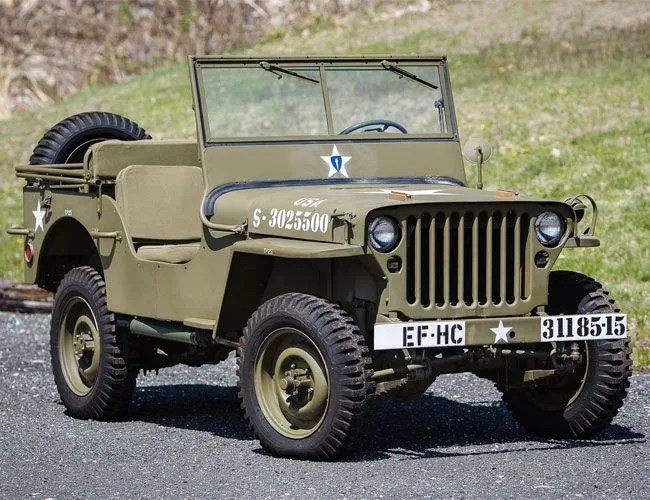
Battle hardened and time tested, today’s Jeep Wrangler keeps strong ties to its forefather. The original Willys Jeep went into production in 1941 and ran until the end of WWII, in 1945. Though when the war ended, Willys started production of the CJ (Civilian Jeep), essentially a road going version of the iconic 4×4 nine Ally countries put to use against Axis Powers. The Model T may have been the open-top off-roading forefather, but the original Willys MB set the standard every overlander should aspire to.
